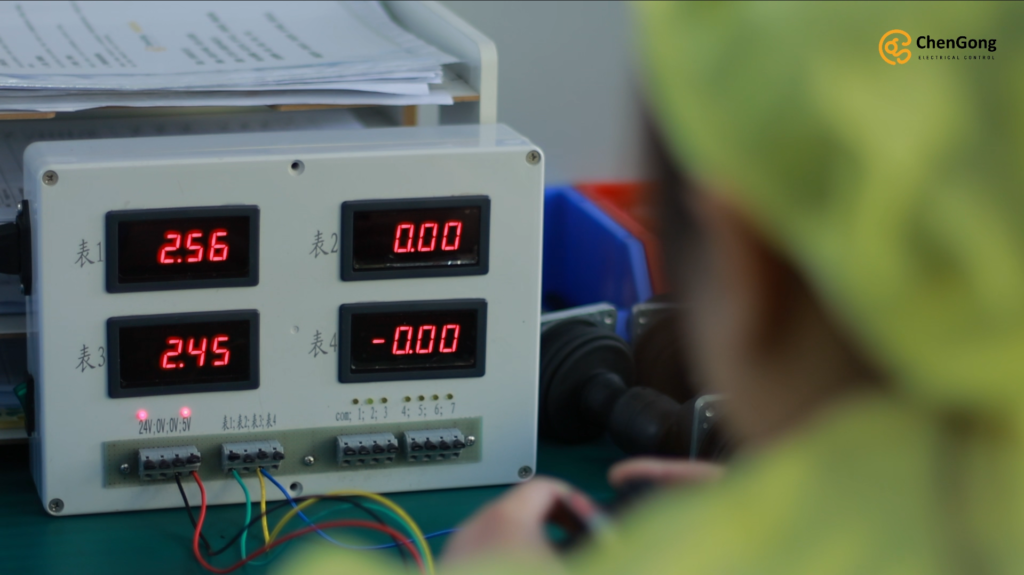As technology continues to advance, the construction machinery industry is experiencing a significant shift from traditional hydraulic systems to electronic control system, specifically those utilizing industrial joysticks and joystick controllers. These modern control systems have become the preferred choice for construction machinery due to their high precision, low energy consumption, and ease of integration. Below is a detailed introduction to the key advantages of using joystick controllers in construction machinery control systems over traditional hydraulic systems.

One of the greatest advantages of using joystick controllers in construction machinery control systems is their exceptional control precision and rapid response speed. By utilizing advanced sensor technology, such as Hall effect sensors, industrial joysticks can accurately detect and adjust the position and speed of mechanical components. This high level of control is particularly important in applications that require fine adjustments and complex operations. In tasks such as precision construction, manufacturing, and assembly, joystick controllers ensure that equipment operates according to precise parameters, reducing errors and improving production quality.
In contrast, construction machinery control systems that utilize joystick controllers have a simpler structure, relying on electronic components and sensors, which typically have a longer lifespan and require less frequent maintenance. The modular design of joystick controllers also makes fault diagnosis more convenient, and repairs quicker. Additionally, the high reliability of these control systems reduces equipment downtime, improving equipment availability.
With their characteristics of high precision, low energy consumption, ease of maintenance, and high intelligence, joystick controllers are becoming a crucial driving force in the development of construction machinery control systems. Compared to traditional hydraulic systems, joystick controllers not only significantly improve equipment performance but also reduce operating costs and enhance safety, making them the mainstream direction for the future development of construction machinery.
5F Building E, 1355 ChengBei Road, Jiading, Shanghai, China 201807